![Social Media for Crafters in 5 Steps [Infographic] Social Media for Crafters in 5 Steps [Infographic]](/fileadmin/Blog/2019/Tipps_and_Inspiration/Social_Media_for_crafters_in_5_steps/social-media-crafters-infographic.png)
We hear it all the time: your brand needs to be everywhere! In today's digital world, that means investing in social media, but with so many platforms and options, where do you even start? We've broken it down into the basics. Start with these five simple steps to get your social media marketing on a roll!
Discover all the possibilities with Wunderlabel woven labels!
Start with Goals
Before starting any sewing project, you always have a general idea of how you want the end result to turn out. That helps you determine everything from what fabrics to buy to what techniques you use. Social media is no different. If you don't know what you're hoping to achieve, how do you know whether you've succeeded or not? Here are a few ideas to get you started.
- Increase Brand Awareness How many potential customers are there that just haven't heard of you yet? Introduce them to your business by sharing content to a wide audience.
- Engage with Existing Customers The difference between a business you like and one you love is the relationship you build. Help keep your customers build lasting relationships by engaging over social media.
- Tap into an Existing Community Say you design custom bridal accessories. There are tons of pages dedicated to wedding ideas and recommendations that would love to hear from you. Check for communities that would love your projects!
- Position Yourself as an Expert You've got a lot to offer, especially when it comes to discussing your business and your products! Become the go-to person on related topics, and before long, customers will be seeking you out!
- Encourage Website Visitors This is the easiest way to see an impact in your bottom line from social media marketing. Most platforms make "converting" from shopper to purchaser trackable, so you can see how your advertising is working in real time.
- Provide Convenient Customer ServiceNo one wants to sit on hold with a customer service line all day, and as an entrepreneur, you don't have time for that either! Answering a quick question via Twitter is not only convenient, but public, which demonstrates to other customers how responsive and customer-focused you are.
- Gather EmailsEmail marketing is a great tool, and sometimes it's a lot easier to ask for someone to give you an email address rather than to open their wallet. Social media is a great opportunity to build your list.
For bonus points, make your goals specific! For example, if you want to generate sales by using Facebook ads, how many do you hope to gain? In what time frame? Always start with baseline measurements so you know what goals are realistic for your business.
Pick Your Platforms
Now that you've got goals, it's time to pick your platform—or platforms. Not every social site is right for every business, and it's never good to have more than you can handle. If an important customer service question comes in over Twitter, but you only check in once a week, chances are, that interaction will be nothing but negative. Your target audience and the way you like to express yourself will have a big impact on which platforms you choose.
- Facebook: The biggest platform of all, it has a wide range of demographics, though in the US, it's most popular among millenials. It's great for a wide variety of content and has very robust advertising and promotional features. On the downside, it's become very "pay to play," meaning that you'll need to plan to invest in some paid advertising to get your marketing content in front of a wider audience.
- Twitter: Another platform with huge reach. All it takes is the right retweet, and suddenly your content is the talk of the town. Twitter has a short attention span, though, and unless you know how to tap into the right audiences, you'll need to pay to promote your tweets to get the right exposure. Be prepared to go through a lot of content! Twitter is great for quick, bite-sized thoughts and pictures, rather than articles or blog-style stories.
- Instagram: In so many ways, Instagram is the dream platform for crafters. With such visual products, it's a great way to really show off your wares, and the addition of Instagram Shopping makes it easy for customers to buy as well. Make sure you post regularly, and engage with content posted by others, too!
- Youtube: With a huge fan base and the possibility of generating ad revenue as well as product sales, Youtube has definite allure. It's not the right platform for every business, though. You need to invest in some decent equipment (these days, high quality webcams and microphones aren't terribly expensive) and make sure that you have the time and ability to create high-quality videos for your channel. You don't need to be overly scripted or highly polished, especially if that's not your brand aesthetic, but it does need to look fairly professional for maximum appeal
- Pinterest: Another dream platform for many crafters. Like Instagram, it's image heavy, so you need to make sure you've got great photos of all your products. Unlike Instagram, it requires that these images be links, which means you need lots of content to exist somewhere else (like your Etsy store, blog, or brand website). You'll also want to make sure you're pinning and liking content from lots of users, though you may want to make sure that they're not your direct competitors, since you'll be sharing their links with your followers.
- Snapchat: Geared toward a younger audience (and those who consume their social media via mobile apps, Snapchat is like a combination of Twitter and Instagram, in that its attention span is short and it's highly visual. Given the younger demographic, brands that use Snapchat tend to have a humorous, adventurous, or edgy voice that's well suited to quick bites of content that disappear once viewed.
Create a Content Calendar
Now that you know what kind of content you need, it's time to plan. Your content calendar will help you stay on top of posting regularly and keeping your profiles up to date, especially when you get busy with orders, craft shows, or other obligations. Here are a few ideas for content you might want to share!
- How I Started My Business Share a quick video talking about why you wanted to start your crafting business and how you learned to make your crafts
- New Product Snap a photo of something you've just made and tell your fans why it's awesome
- Share Customer Content Did a customer send you an awesome review with a picture of your craft in its new home? Get their permission and share it!
- Share a Meme Who doesn't love a meme? Create one of your own, or share something that already exists; just don't forget your attribution tag!
Use Automation Tools
You don't have time to be Tweeting all day, or pausing in your work to post to Instagram at the optimum time. Use an automated system to help put that content out where you need it and when. There are tons of different systems, all with their own pros and cons. Check out just a few options below!
- Hootsuite: A versatile tool with a mobile app and access to lots of different platforms
- Agora Pulse: This system allows you to easily preview the content you want to post on a whole range of platforms before scheduling, posting, and analyzing its performance automatically.
- Buffer: With built in analytics, Buffer can not only tell you how your content is doing, it can also suggest when is the optimum time to post it.
- Social Oomph: Got lots of content that's always of interest, like tutorials or informational articles? Social Oomph can help you remember to promote it across all your platforms to make the most of all the work you've already done.
Go Beyond Vanity Metrics
It's so tempting to just keep track of likes and favorites, but are those really what you need to be watching? Refer back to your goals. If you're not keeping track of the things that tell you how close you are to achieving them, you might need some new metrics. For example:
- Conversion Rate If you want to see your website performing better, it's important to know not only how many sales you make, but also how many people were shopping. One sale a week from only a hundred visitors might not seem like much, but it's far better than one sale from a thousand visitors. A low conversion rate means your social marketing might be sending the wrong audience to your site.
- New vs. Returning Users Are you trying to reach out to new audiences? You should expect to see your percentage of new users spike!
- High Value Engagement It's so easy to click "like" or "favorite" that it's not necessarily a meaningful engagement. However, when someone takes the time to comment or share something you've posted, it's a higher value engagement, meaning they're more invested in what you're doing. Consider more content that's similar.
- Organic vs. Paid Engagement You always want to make sure you're getting the most out of your investment, so if you find content isn't performing well organically, it may not be worth it to put money into promoting it—unless you want to try it in front of a different audience.

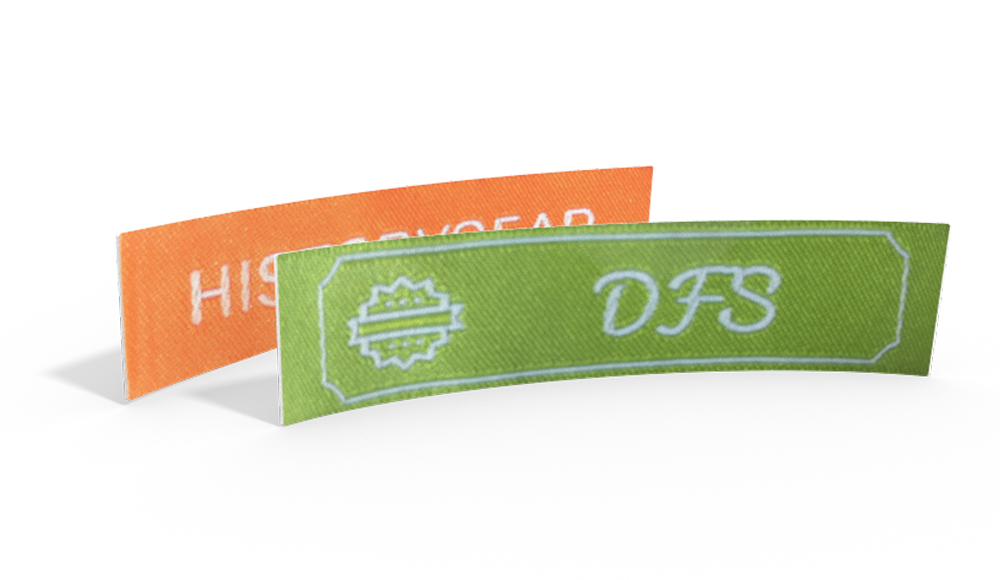

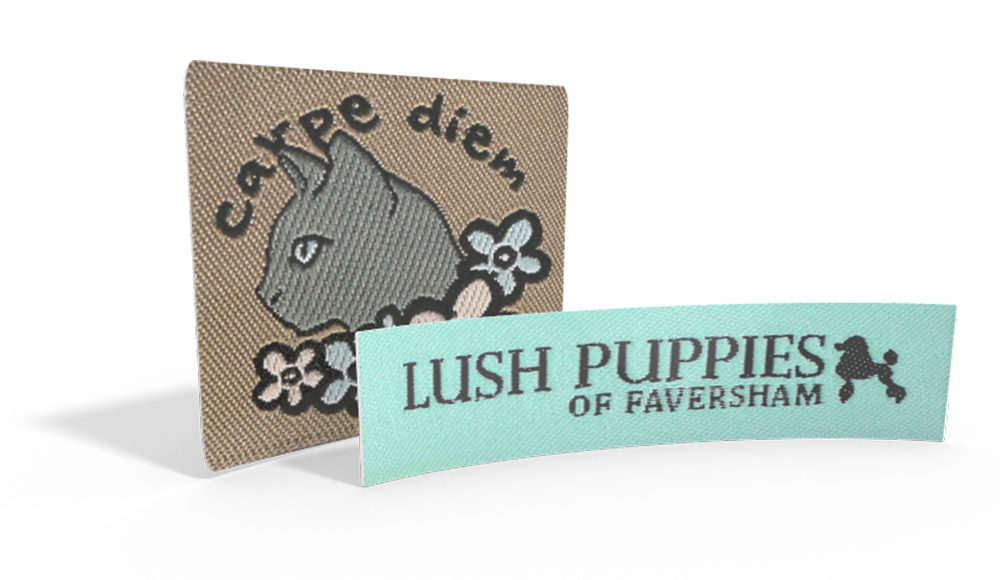
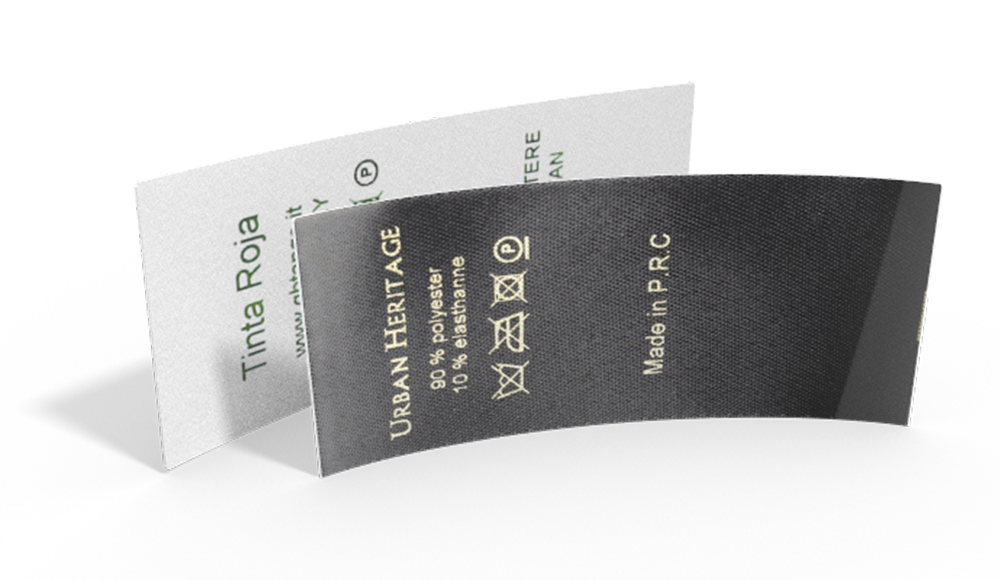


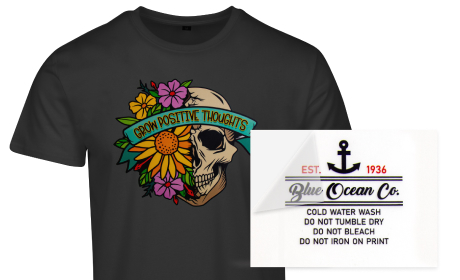
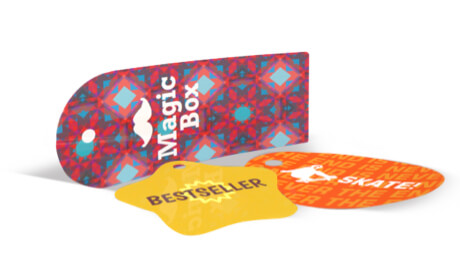


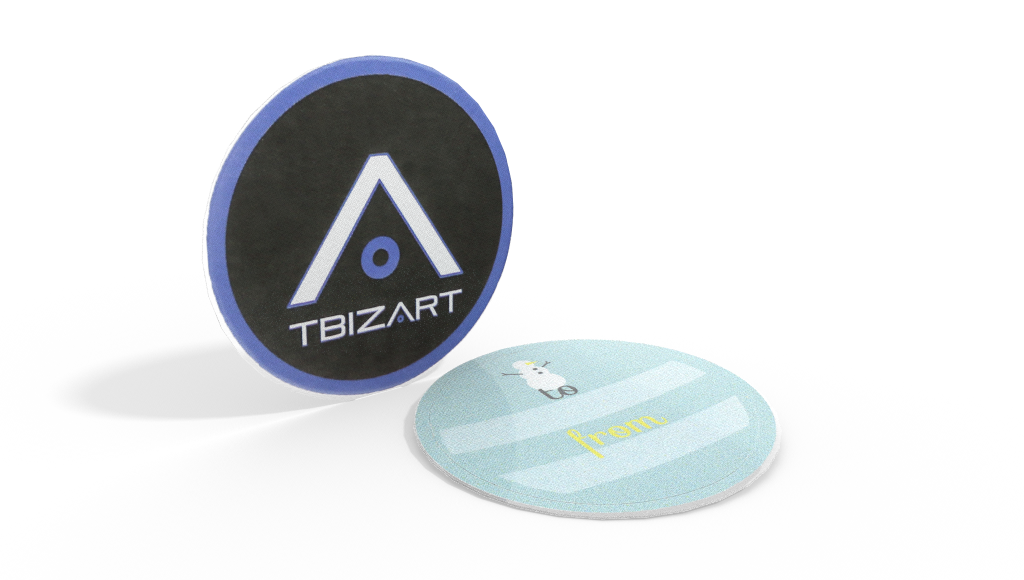
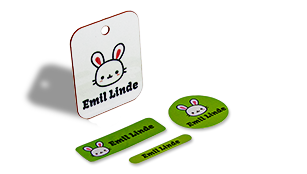


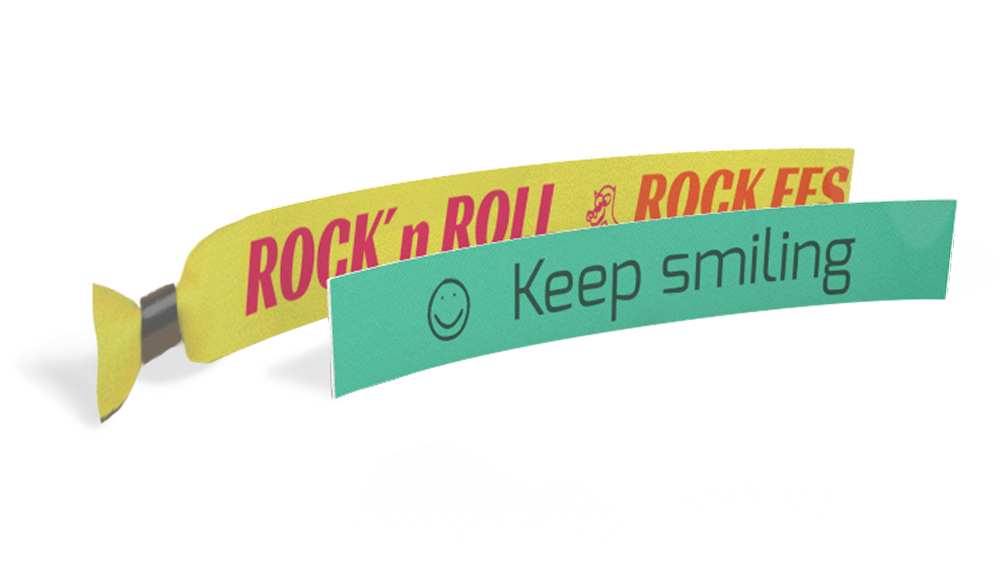





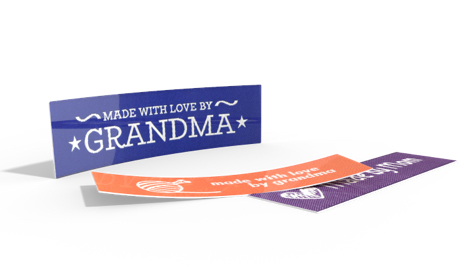


![Social Media for Crafters in 5 Steps [Infographic]](/fileadmin/_processed_/7/f/csm_social-media-crafters-title_4cc9b96aa2.png)

